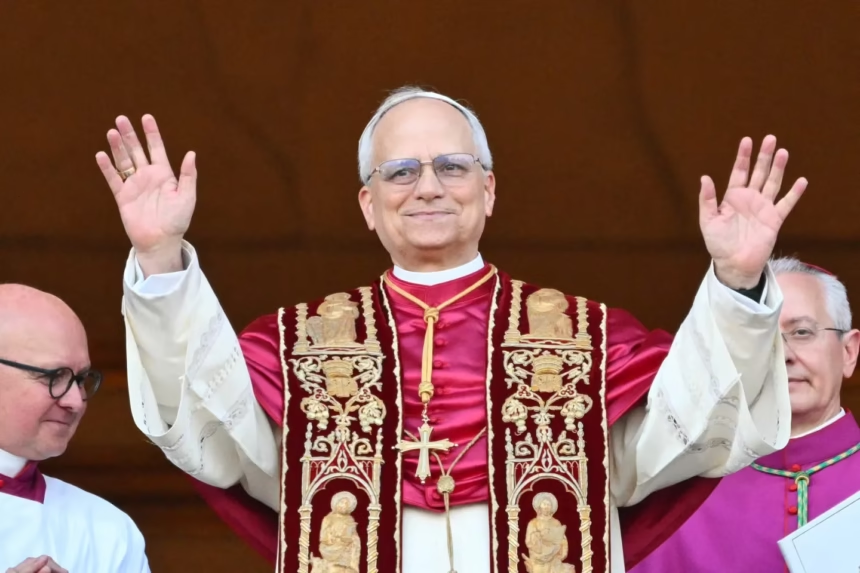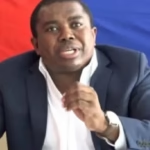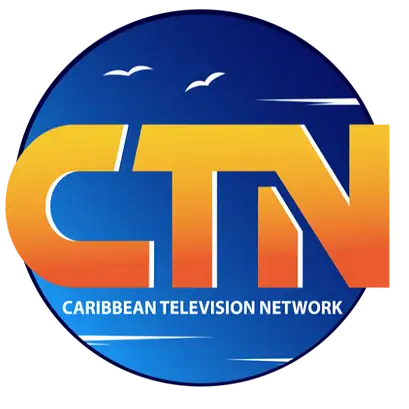Based on a New York Times report, May 13, 2025
Following a conclave marked by a significant number of new members and unprecedented linguistic and cultural diversity, the Catholic Church united, in a swift and unexpected surge, around a cardinal relatively unknown to the general public: Robert Francis Prevost. His election on Thursday, May 1st, was met with applause in the Sistine Chapel. Now Pope Leo XIV, he emerged as the only viable choice from what was initially a fragmented College of Cardinals. Through a series of interviews with more than a dozen cardinals, the New York Times has reconstructed the journey of this election.
The 133 cardinal electors entered the conclave on Wednesday evening, preceded by a long, solemn procession. The opening meditation, which lasted nearly an hour, set the tone for the gravity of the moment. It was so lengthy that Cardinal Parolin, who was presiding over the session, suggested postponing the vote until the following day. However, the cardinals insisted on voting immediately, despite their fatigue. “We hadn’t eaten dinner, and there weren’t any breaks — not even to use the restroom,” Cardinal Pablo Virgilio Siongco David from the Philippines told the New York Times.
The first vote, around 7:30 PM, failed to produce a clear frontrunner. Cardinal Omella (Spain) described it as “a kind of preliminary survey.” Cardinal Lazarus You Heung-sik (South Korea) confirmed that “several candidates received a significant number of votes.” According to the New York Times, the names that emerged at this stage were: Pietro Parolin (Italy), Peter Erdo (Hungary), and Robert Prevost (United States).
Back at the Santa Marta residence, discussions intensified, according to Cardinal Vincent Nichols of England. “Once at Santa Marta, we discussed candidates one by one.” This proved to be a pivotal moment for Prevost’s rise, whom many had previously overlooked, the English cardinal recalled.
From this point forward, several other cardinals began inquiring about junior Cardinal Robert Francis Prevost, who had only been elevated to cardinal by Pope Francis in 2023.
Cardinal Gerhard Ludwig Müller (Germany), known for his conservative criticism of Pope Francis, consulted with Latin American cardinals about Prevost. They assured him that Prevost “wasn’t divisive.”
A Chicago native educated at Villanova, missionary in Peru, former prior of the Order of Saint Augustine, and then prefect of the Dicastery for Bishops, Robert Prevost emerged as a unifying figure. Despite being a cardinal for less than two years, he had participated in preparing the daily meetings preceding the conclave’s lockdown, having been randomly selected to attend.
Cardinal Tagle (Philippines), who himself was considered a papabile, recalled Prevost asking him: “How does all this work?” “I have conclave experience, he doesn’t,” Cardinal Tagle told the New York Times. “I didn’t even know his name,” added Cardinal David.
Though the former American cardinal wasn’t well-known within Vatican ecclesiastical circles, he was highly regarded among cardinals from the American continent. Like him, many of them had been created cardinals by Pope Francis. “We all know him pretty well. He’s one of us,” stated Cardinal Porras (Venezuela).
Cardinal Vesco (France), who also couldn’t recall what Prevost had said during the pre-conclave meetings, nevertheless verified his reputation. “I had to do my due diligence. I needed to vote. I had to know the person,” he explained. Others described him as a good listener who works well in teams and speaks fluent Italian – qualities that significantly influenced the papal election of this man whose family tree extends to Haiti.
Cardinal Wilton Gregory (United States) found him “highly effective” in discussion groups. Cardinal Cupich (Chicago) characterized him as meticulous and competent: “I admire how he conducts meetings… it’s challenging when you’re advising a pope about bishop appointments in a multilingual room.”
Cardinal Müller summarized what many were thinking: Prevost’s electoral base was solidifying across North and South America.
Cardinal Dolan (New York) got to know him over breakfast. Cardinal Porras emphasized the importance of personal connections: “When you’re friends first, everything becomes easier.”
On the eve of the conclave, it was already evident that the Chicago native was a strong contender for the papal throne, according to Cardinal Tobin from the United States, who recalls telling Prevost: “Bob, this might come your way.”
A Swift Shift
The next day, the second and third votes confirmed a strong trend. “During the fourth vote, the ballots overwhelmingly shifted to Prevost,” stated Cardinal You (South Korea). Cardinal Müller, seated directly behind him, observed his composure. To his right, Cardinal Tagle watched him take deep breaths.
In a moment of gentle tension, Tagle offered him a sweet: “I asked him, ‘Would you like a candy?’ and he replied, ‘Yes.'”
Cardinal Tobin, while casting his ballot, glanced at Prevost: “He had his head in his hands.”
In the afternoon, during a new round of voting, the decisive moment arrived. Prevost had already secured 89 votes – the required two-thirds qualified majority – even before the counting was complete.
“And he remained seated!” recalled Cardinal David. “Someone had to help him stand up. We were all in tears,” he disclosed.
As the count continued and the votes exceeded 90, Cardinal Parolin had to call for order to complete the voting process.
The former cardinal’s conciliatory temperament earned him “an overwhelming majority,” according to Cardinal Tsarahazana from Madagascar.
A Clear-Cut Election
Once elected, Prevost – now Leo XIV – received warm congratulations. The conclave, brief and harmonious, concluded in joy, a rare occurrence in the Vatican where papal elections typically unfold in a divisive atmosphere.
The new pope then appeared on the balcony of St. Peter’s Basilica to thunderous applause.
Cardinal Tagle, who had become Prevost’s impromptu mentor days earlier, smiled and said to him: “If you want to change the conclave rules, it’s all in your hands now.”
In a remarkably short time, Robert Francis Prevost built an outstanding reputation both within the Vatican and in other places where he served. From Chicago to Peru, where the new pope had worked for many years, the selection of the former cardinal was met with jubilation. Everyone describes him as a kind-hearted individual with a remarkable ability to unite people and work effectively even with those holding the most opposing views.
Robert Francis Prevost’s victory is celebrated across various parts of the world: in the United States, where he was born; in Peru, where he holds citizenship; in Haiti, where his grandparents originated from; and even in the Dominican Republic, where he reportedly has ancestral connections.
Source: All quoted testimonies are from the article “How Cardinal Prevost Became Pope Leo XIV” by Jason Horowitz, The New York Times, May 13, 2025.







